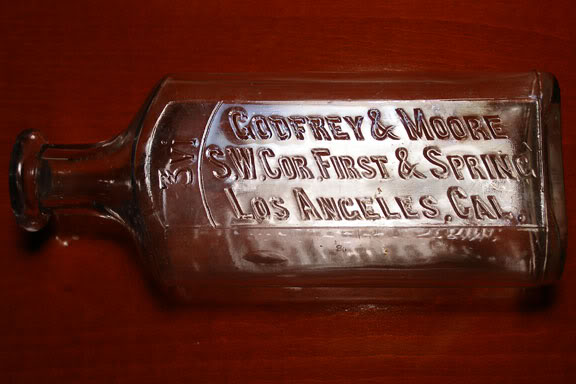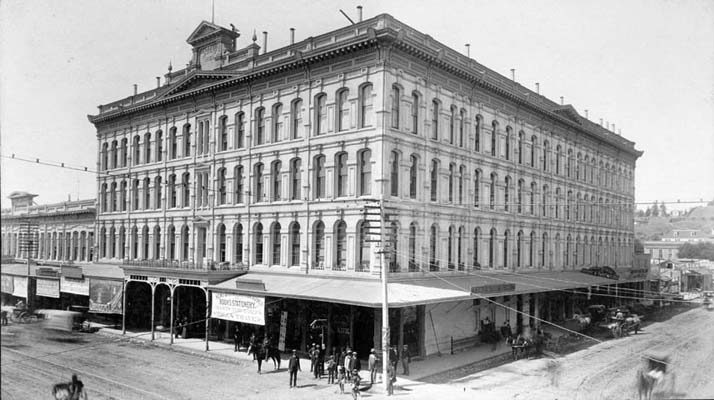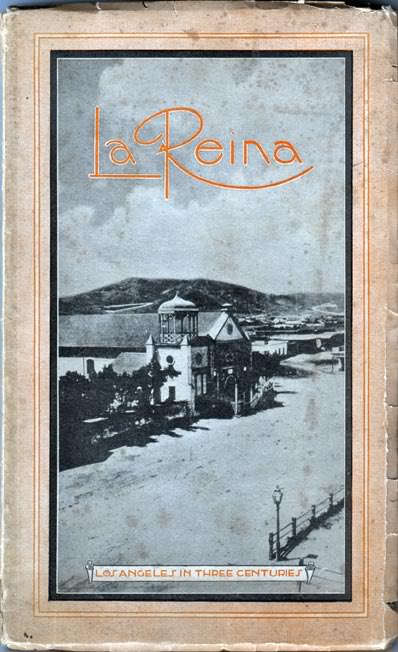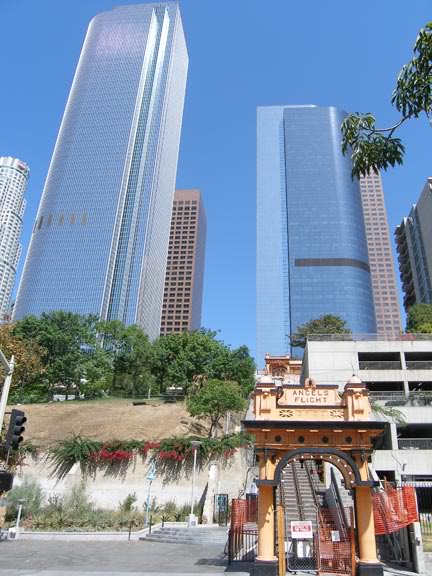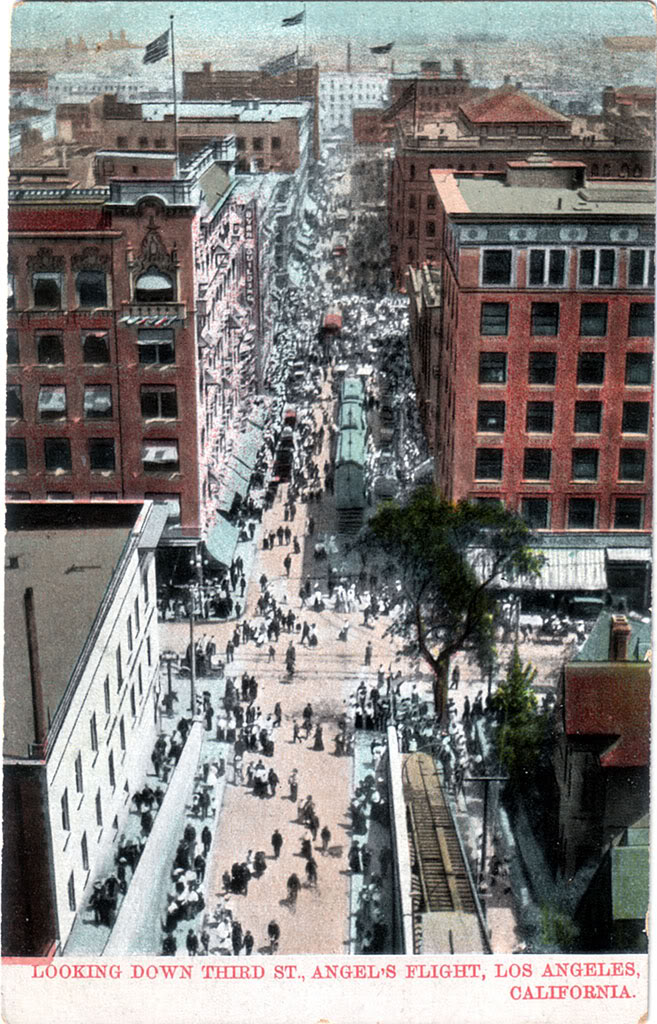Seems I've uncovered a bit of a mystery. Here, previously, I've told the story of "
General Longstreet's palms." In it, I related information I found on the USC Digital Library site which stated that the palms and the house pictured in these
two photos were on property owned by Confederate General James Longstreet, most notably of the
Battle of Gettysburg fame.
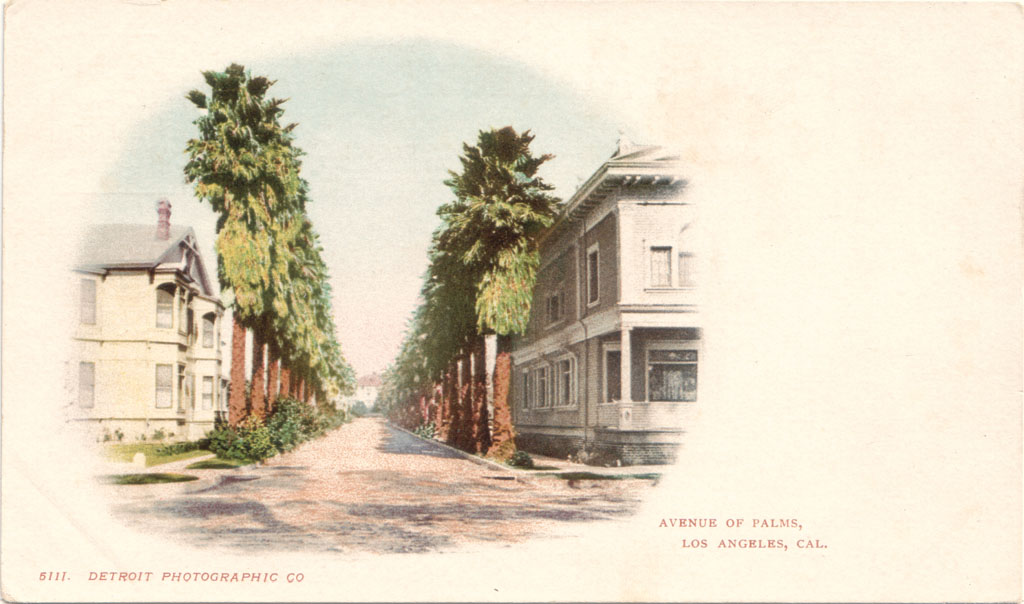
Trouble is, subsequently, I have never been able to independently corroborate that James Longstreet ever lived in Los Angeles, or that he even owned property there. No biography of the man that I've been able to find thus far has him setting foot in California during his entire life.
Then, the other day, thanks to reader Gregg D'Albert, I got pointed to the
hypercities site, and there I found an 1884 map of Los Angeles showing the ownership of plots of land in the old city. Of course, the first thing I did was go to Figueroa and Adams to see who owned the Longstreet palms.

Well, as you can see, the tract in question was, indeed, owned by a Longstreet, but it was "C.A. Longstreet," not "J. Longstreet." Puzzling. Then I thought, wait, there was that
1938 Nuestro Pueblo article about the palms that also referred to a General Longstreet. Surprise! I'd missed the fact previously that that article referred to a Gen.
Joseph Longstreet, not James Longstreet. Also, this Joseph Longstreet's wife was named Lucy, not Louise, and Lucy had died in 1917, versus 1890 for the CSA General's wife.
So, who then was General Joseph Longstreet, and how was "C.A. Longstreet" related to him? I've tried finding info about the other Longstreet on the web, but my search has gone nowhere yet.
Whatever Gen. Longstreet planted those palms, though, they still remain historically significant as possibly the oldest living things in Los Angeles. It would have been nice to be able to connect them with the famous General Longstreet, but even a not-so-famous General Longstreet will do just as nicely, too. ^^
Read the next installment in the saga of the Longstreet Palms: 'Year of the palm?'
